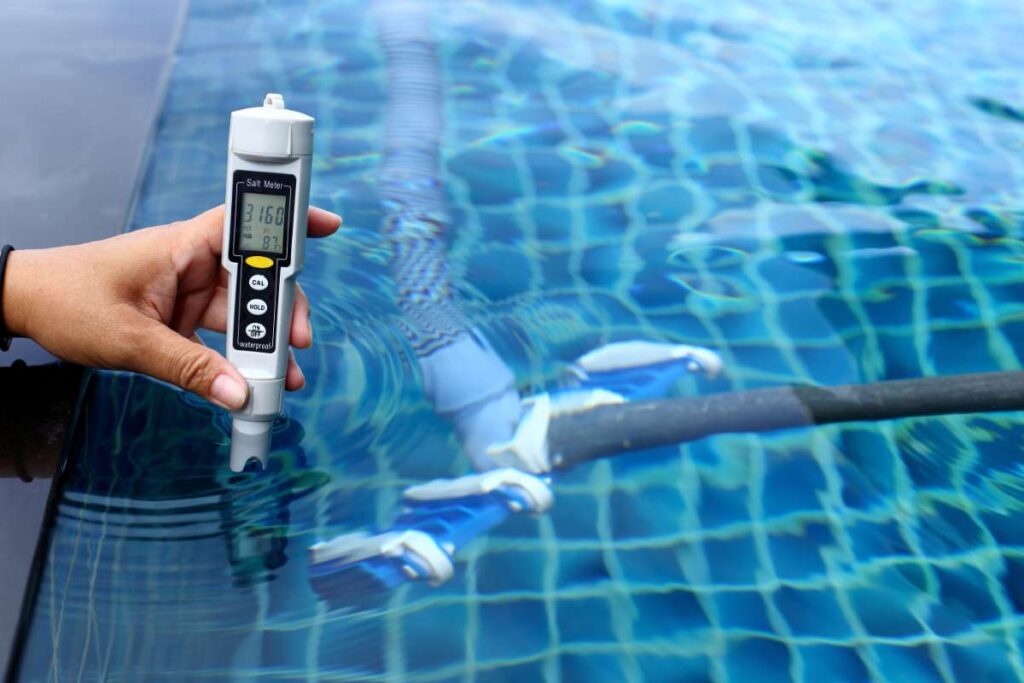How to Stay Ahead of the Curve with Safety Compliance
Safety compliance is not just a legal obligation; it is a cornerstone of a successful business strategy. In an increasingly regulated environment, organizations must prioritize safety standards to protect their employees, clients, and reputation. This blog post will delve into the importance of safety compliance, explore the latest trends, and provide actionable strategies to ensure your business remains ahead of the curve. Whether you are a small business owner or a manager in a large corporation, understanding the nuances of safety compliance can help you navigate challenges and seize opportunities in your industry.
In today’s fast-paced business landscape, staying ahead of safety compliance is crucial for several reasons. Firstly, it mitigates legal risks. Non-compliance can lead to hefty fines, lawsuits, and even shutdowns. Furthermore, maintaining high safety standards fosters a positive work environment, enhances employee morale, and boosts productivity. Lastly, a reputation for safety can be a powerful marketing tool, making your business more attractive to potential clients.
This blog will cover various aspects of safety compliance, including understanding regulations, implementing best practices, utilizing technology, and fostering a safety culture within your organization. By the end of this post, you will be equipped with insights and practical tips to enhance your safety compliance efforts.
Understanding Safety Regulations
The foundation of safety compliance lies in understanding the regulations that govern your industry. These can vary significantly depending on your location and the nature of your business. Key regulatory bodies, such as the Occupational Safety and Health Administration (OSHA) in the United States, set standards that organizations must follow. Familiarizing yourself with these regulations is essential for effective compliance.
For instance, OSHA mandates certain safety practices across various industries, including construction, manufacturing, and healthcare. Organizations must conduct regular risk assessments to identify hazards and implement safety measures to mitigate these risks. In industries like construction, failure to comply can lead to serious accidents; thus, understanding these regulations can save lives and reduce liability.
Additionally, staying informed about changes in legislation is crucial. Regulations can evolve based on new research, technologies, and societal expectations. Subscribing to industry newsletters, attending workshops, or joining professional associations can help you remain updated on regulatory changes that affect your business.
Implementing Best Safety Practices
Once you have a solid understanding of safety regulations, the next step is implementing best practices within your organization. One effective approach is to develop a comprehensive safety plan tailored to your business needs. This plan should outline safety procedures, emergency response protocols, and employee training programs.
Regular training is a critical component of any safety compliance strategy. Providing employees with the knowledge and skills necessary to identify hazards and respond appropriately can significantly reduce accidents. Consider conducting safety drills, offering workshops, and providing access to online training resources to ensure your team is well-prepared.
Furthermore, conducting regular safety audits can help identify areas for improvement. These audits should assess compliance with safety regulations and evaluate the effectiveness of current safety measures. Engaging employees in this process can also promote a culture of safety, as they may have valuable insights and suggestions.
Leveraging Technology for Safety Compliance
In today’s digital age, technology plays a vital role in enhancing safety compliance. Various software solutions are available to help businesses manage safety protocols, track incidents, and streamline reporting processes. For example, utilizing a [pool service software](https://ezpoolbiller.com/) can help pool service businesses maintain compliance with safety regulations specific to their industry.
Mobile applications are also increasingly used in the field to facilitate real-time reporting of safety incidents. Employees can quickly report hazards or near-misses, enabling management to take immediate action. Additionally, cloud-based solutions allow for easy access to safety documentation and training materials, ensuring employees have the resources they need at their fingertips.
Using data analytics can further enhance your safety compliance efforts. By analyzing incident data, businesses can identify patterns and trends, enabling them to proactively address potential safety issues before they escalate. This data-driven approach not only improves safety but can also enhance overall operational efficiency.
Fostering a Safety Culture
Creating a culture of safety within your organization is perhaps the most important aspect of maintaining safety compliance. This culture should prioritize safety at all levels, from executives to entry-level employees. Leadership commitment is critical; when management prioritizes safety, it sets the tone for the rest of the organization.
Encouraging open communication about safety concerns is vital in fostering this culture. Employees should feel comfortable reporting hazards or suggesting improvements without fear of repercussions. Implementing a reward system for employees who actively contribute to safety compliance can also motivate your team to prioritize safety.
Moreover, involving employees in safety committees or task forces can empower them and provide a platform for their voices to be heard. This not only enhances engagement but also leads to more comprehensive safety solutions, as employees often have firsthand experience with potential hazards.
Staying Ahead of the Curve: Continuous Improvement
To truly stay ahead in safety compliance, businesses must adopt a mindset of continuous improvement. This involves regularly reviewing and updating safety policies and practices to reflect the latest regulations, technological advancements, and industry best practices. Setting measurable safety goals can help track progress and identify areas for further enhancement.
Benchmarking against industry standards can also provide valuable insights into your safety performance. Understanding how your organization compares to others can reveal gaps and opportunities for improvement. Participating in industry events and forums can expose you to innovative safety practices and technologies that can be adopted within your organization.
Additionally, consider seeking external audits or assessments of your safety compliance efforts. An outside perspective can identify blind spots and provide recommendations that may not have been considered internally. This external validation can also enhance your credibility with clients and stakeholders, further reinforcing your commitment to safety.
Conclusion
In an ever-evolving regulatory landscape, staying ahead of safety compliance is essential for any business. By understanding regulations, implementing best practices, leveraging technology, and fostering a culture of safety, organizations can significantly reduce risks and enhance their operational efficiency.
Remember, safety compliance is not a one-time effort but an ongoing commitment. Regular reviews, training, and openness to change will keep your business at the forefront of safety standards. Embrace these strategies, and your organization will not only comply with safety regulations but lead the way in creating a secure and productive work environment.
To enhance your billing processes and ensure seamless compliance in your pool service business, explore solutions like [Pool Biller Software](https://ezpoolbiller.com/). Take action today to optimize your operations and stay ahead of the curve in safety compliance!




